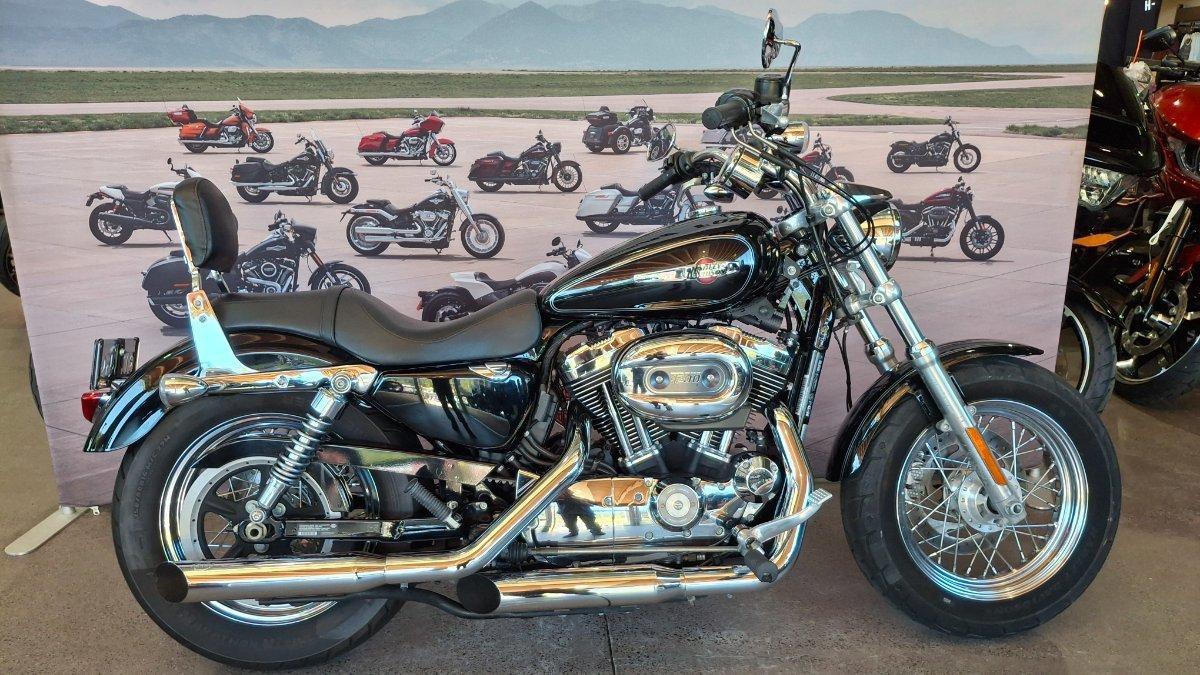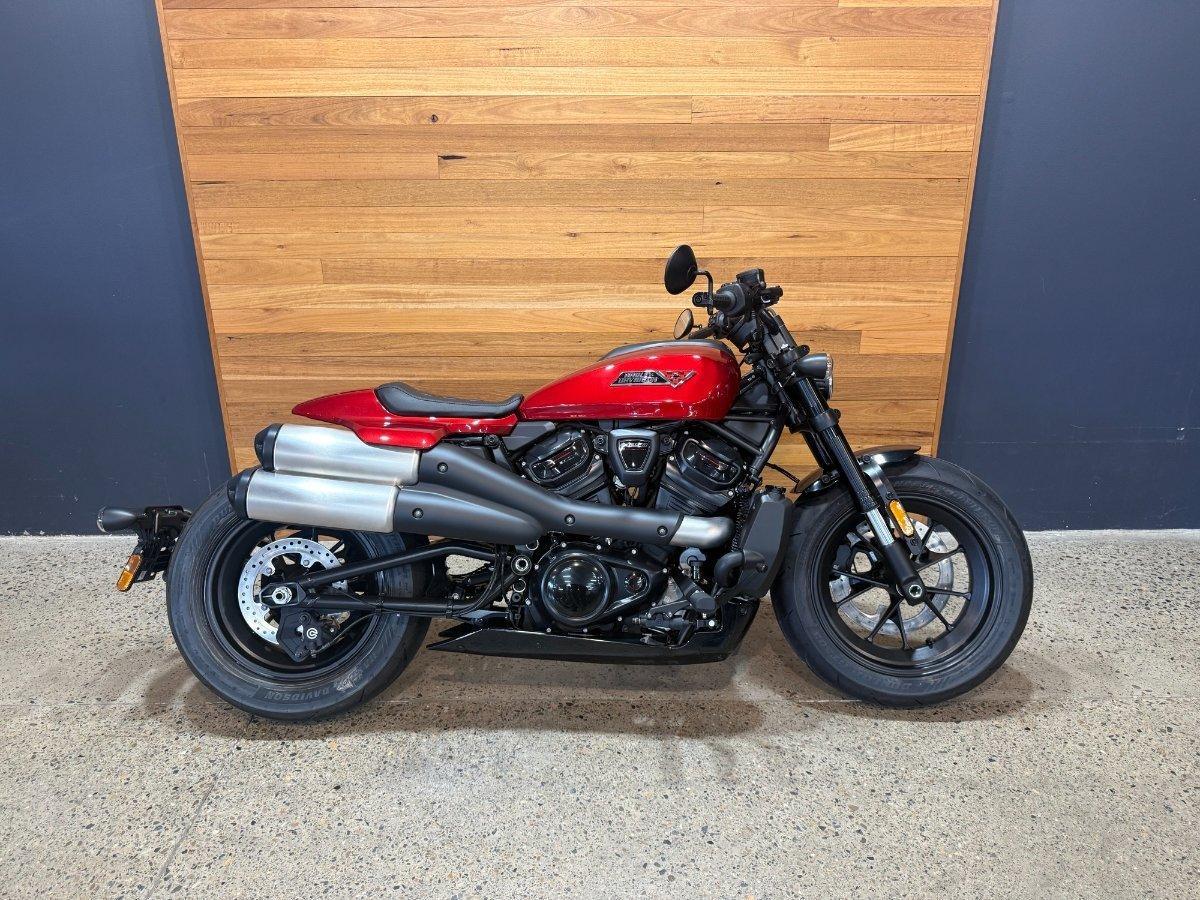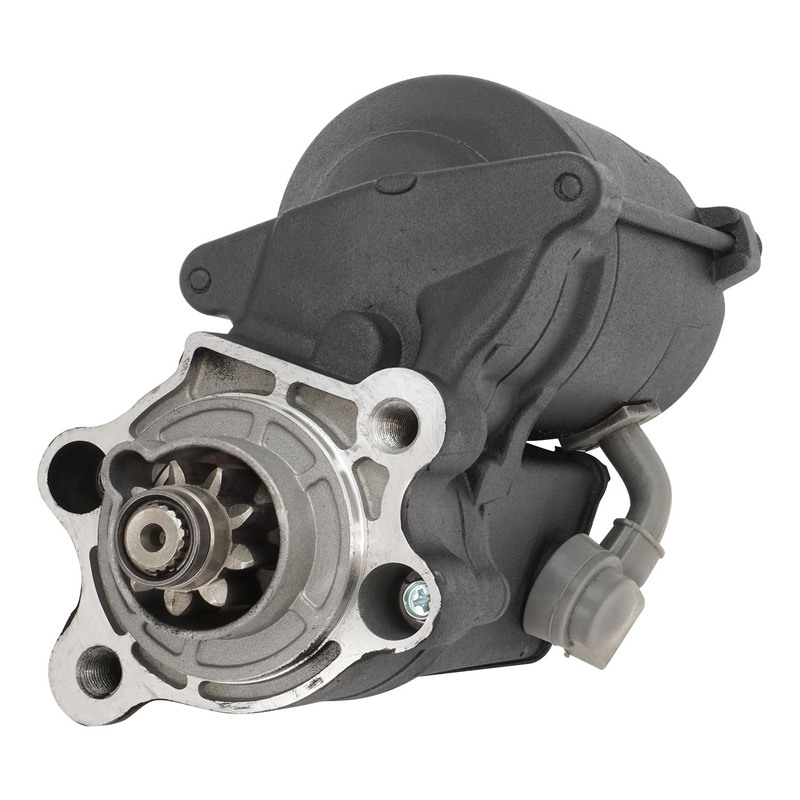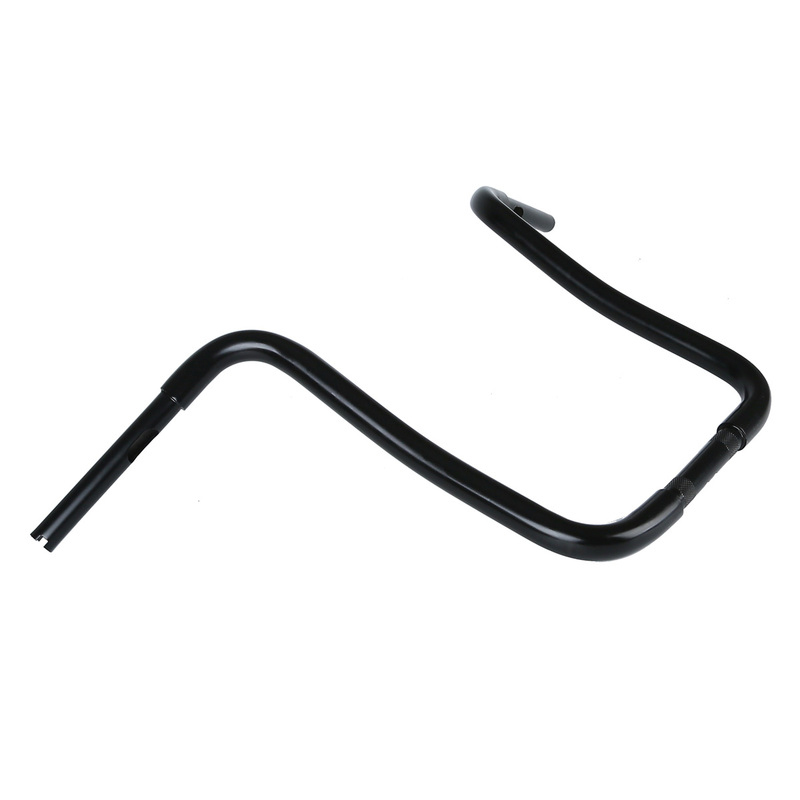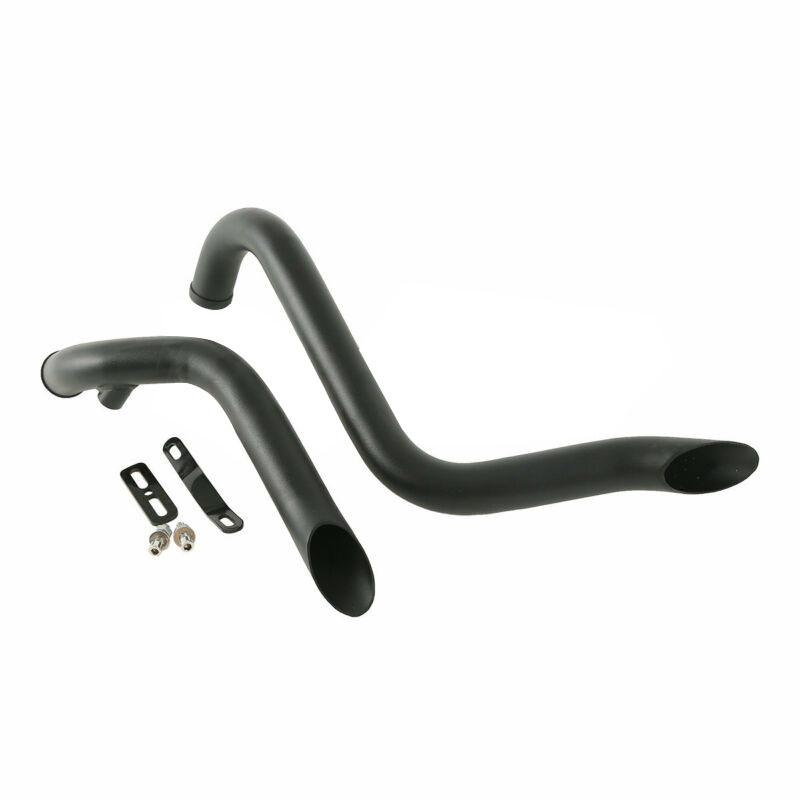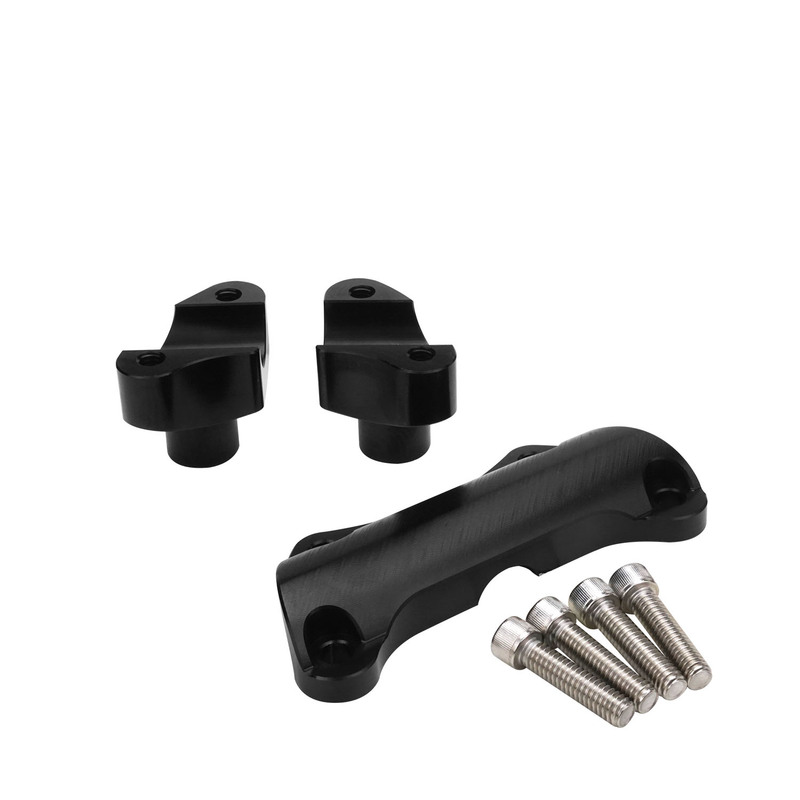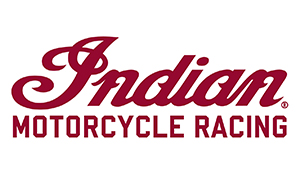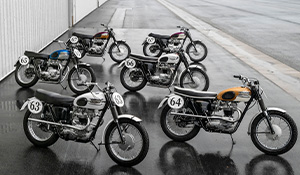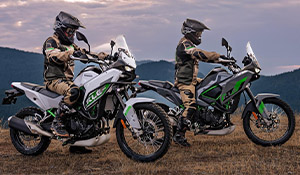FEATURE – Wedge Motorcycle Honda CB1100 EX
Words: Mike Ryan
Photos: Hiromitsu Yasui
One bike build inspiring another in the same style is nothing new in the custom motorcycle world, nor is that subsequent build being a better machine than the one that inspired it. Such is the case with the bike presented here, which was built by Wedge Motorcycle in Japan in the style of an earlier creation, but to a very specific brief.

Based in Tokyo, Wedge Motorcycle is very much a one-stop shop when it comes to custom bike building. It’s essentially a one-man band, too, with founder Takashi Nihira doing virtually everything himself. With a background in the automotive industry and experience in mechanical work, fabrication and painting, Nihira-san brings a lot of skills to the table.
Outside of Japan, those skills were first seen on the BMW Motorrad Japan G310R factory project that JUST BIKES featured in 2016. His talents became more apparent when he turned a Honda GL 400 (a JDM-only sibling to the CX 500) into something very cool a couple of years later.
Wedge’s reimagining of a Yamaha XV750 v-twin into a retro-look street tracker was also featured with JUST BIKES (back in 2021), while Yamaha SR400s and a reworked Royal Enfield Continental GT 650 are among the builds to have rolled out of his workshop since.
The bike featured was inspired by a build from 2021, with the customer liking that creation so much that he wanted one of his own, using the same make and model as a base.

Modern Classic
The base for this build, a Honda CB1100 EX, was a variant of the modern CB1100 naked first presented as a concept in 2008, released in Japan in 2009 and reaching our shores in 2011.
Inspired by the big CB1100 R from the 1980s, the modern remake combined semi-retro looks with new millennium running gear. A fuel-injected 1140cc inline four producing 66kW and 93Nm was at the heart of the new CB1100, matched to a five-speed transmission. At 250+kg, it wasn’t a sportsbike, but wasn’t billed as one, either. A strong, stable and very tractable naked road bike, the CB1100’s styling was aimed at recapturing the charm of CB models from the ’70s and ’80s, and hopefully luring buyers away from the modern Triumph Bonneville that had been created to a similar retro brief.

Upping the retro ante, the CB1100 ‘EX’ variant was released in 2014, adding wire spoke wheels, a lot more chrome and brightwork to the engine, a reshaped fuel tank and different sidecovers. It also received the six-speed gearbox that had been introduced to the regular CB1100 in the same year.
From 2017, the standard CB1100 was replaced with the CB1100 RS, with this sportier model (lower ‘bars, larger forks, piggyback rear shocks, 17-inch wheels and reduced weight, amongst other changes) sold alongside the EX until both were discontinued in 2021.

Same, But Different
Building a custom from the modern CB1100 eliminates many of the problems that such a build on an original CB from the ’70s comes with, but presents some challenges, too, as Nihira-san found out. Many of these were overcome on Wedge Motorcycle’s first build using a late-model CB1100, which was completed in 2021.
“An owner, who saw the CB1100-based custom machine exhibited at the 2021 Yokohama Hot Rod Custom Show, asked me to customise a bike using the same CB1100,” Nihira-san explained. “The owner wanted a custom bike he could ride for a long time - if possible for the rest of his life. Therefore, I decided to use the same Honda CB1100 as the base, but with a different approach than the one I built in 2021.”

That different approach started with the model year. Wedge’s first CB1100 build had been on a 2014 model and this one was on a 2016 model. Also, that first build was stripped right back and eliminated things like the side covers, mudguards and airbox, but this one would retain some practicalities, in order to fulfill the brief of making it regularly rideable.
“Bikes with inline fours are difficult to build the ‘exteriors’ that are the key to their style, because the engines are large and heavy, and the frames that hold them are sturdy and large,” Nihira explained. “In addition, newer bikes equipped with fuel injection and ABS have complex electrical systems, which reduce the degree of freedom for customisation.”

Higher and Lower
As the bike’s owner was of short stature, Wedge had to find a way of reducing the seat height (in stock form, the CB1100 EX is 795mm), while also accommodating his request for tyres with a deep sidewall, replicating the first CB1100 build. Those tyres – Firestone 4.00 x 18 front and 4.50 x 18 rear – created a clearance problem with the swingarm, too, so the swingarm had to be modified.
Shortening the factory forks and replacing the rear shocks with adjustable Öhlins coilovers went most of the way to achieving the lower height. Completely rebuilding the fuel tank as well seems like overkill, but it’s what Nihira did.

Retaining only the top portion of the factory tank and fabricating everything else, the end result is shorter and narrower, while also sitting lower on the frame, with smooth knee cutouts. A side benefit Nihira-san pointed out is that the big 1140cc four is emphasised by the smaller tank, even from the rider’s point of view.
“I also rebuilt the rear frame from scratch to fit with the new fuel tank. That rear frame is slimmer than the standard one.”
That new rear frame section meant the factory airbox had to be modified, but it was retained, unlike Wedge’s previous CB1100 build, which dropped the airbox for a set of pod filters.

Stock and Mod
While the engine was unchanged for this build, Wedge did strip the big 1140cc four down and fit all new gaskets before reassembly. The factory 4-into-2 exhaust was replaced with Moriwaki headers and silencers, modified to include the factory O2 sensors and with the distinctive blackout pipes both terminating on the offside.
No mention has been made of the six-speed transmission, so presumably that was unchanged for the build. Same goes for the brakes, with factory Nissin calipers still visible on the twin front rotors, although Brembo master cylinders have been added.
“I also believe that to create a simple and beautiful body line, it is necessary to thoroughly simplify the wiring so that no excess wiring protrudes from the body,” Nihira said. “For this purpose, I rewired thoroughly, while considering the layout.”

The Details
Subtler differences from stock on this creation start at the front end, where Wedge replaced the factory headlight with a smaller aftermarket unit. Wraparound-style brackets for this light on the forks were the owner’s idea, but retaining the factory fork yokes and trimming off all the unnecessary stays and tabs was Nihira’s genius - to keep the front end looking clean and simple. Brake hose routing was adjusted for the same reason.
Continuing this approach, the dual instrument pods were ditched for a single Motogadget speedo that’s smaller and simpler, while the factory handlebar was replaced with a lower and flatter ‘bar, fitted with vintage grips and custom switchgear on the nearside.
Aft of the handcrafted fuel tank, there's a custom solo seat that’s been tapered front and rear. This also continues a flow line that Nihira-san says is very important in his builds.

“I believe that Wedge's unique style is a straight body line. In order to create such a simple and beautiful line, the bottom line created by the fuel tank, seat, and seat cowl also need the height of the headlight leading to the top of the fuel tank.”
To ensure this purity of line, Nihira took the bike outside the workshop at many times during the build and viewed it from multiple angles, near and far, making sure those lines all “worked”.
Below the custom seat, new side covers were hand-formed from aluminum sheet and shaped to match the new rear frame.
Bullet indicators, mounted under the tank at the front and just beyond the rear shocks at the back, are much more compact than the factory units, so they don’t disturb those lines. The tail light is more compact, too, as well as being in the same retro style as the headlight.
Pegs and pedals are the factory Honda units, but the front and rear mudguards are hand-fabricated one-offs and much shorter than the factory guards.

Golden Brown
While it would have been a temptation to use a bold colour for this build’s tinware, or maybe even black to match the pipes, Nihira-san explained that the customer insisted on brown, so he formulated a rich custom metallic tobacco shade to suit.
“We are a professional paint shop, so we are good at mixing our own colours. This brown turns gold depending on the angle you look at it.”
Like the previous CB1100 build from Wedge Motorcycle, the paint on this one is enhanced with coachlines in complementary shades, on the tank and mudguards. Repainting the frame in silver (it was black from the factory) has the same effect, as does the extensive polishing of the 1140cc four’s top end and engine covers.

On the Road. . . and a New Look
Completed in time to display at the Yokohama Hot Rod Custom Show in 2022, Wedge Motorcycle’s creation may not have taken an award (a 1973 Harley Shovelhead from Custom Woks Zon was judged the Best in Show), but it still stood out in what was a sea of v-twins for the 30th Anniversary of this annual Japanese custom show. Since then, this bike has been delivered to its owner, who Nihira-san says is very happy with it.
Earlier this year, Wedge Motorcycle completed the build of a BMW R100RS that Nihira says he was given free rein on. As such, he took it in an all-new direction compared to his past builds. Intrigued? Watch this space, as we’ll feature it in the not-too-distant future.
Thanks to Tadashi Kohno for assistance in compiling this article.



